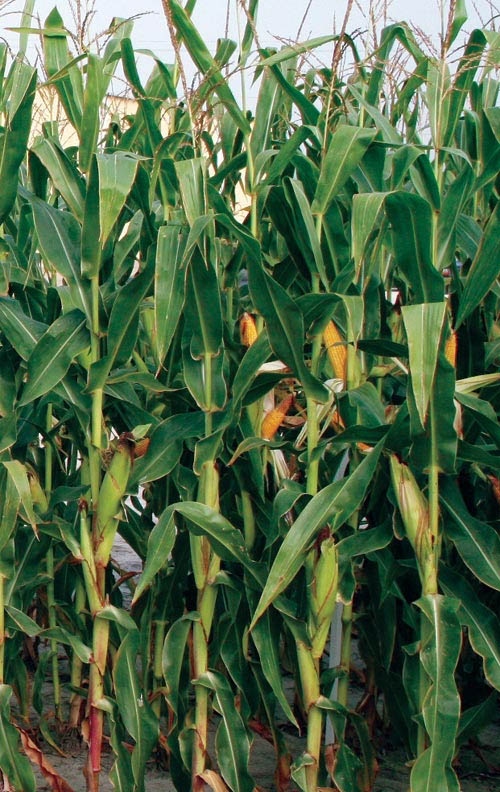
More than 90 percent of participants in the 2011 Corn and Soybean Classics said they planted transgenic (Bt) corn in 2010, and 94 percent plan to plant it in 2011. However, refuge confusion and compliance remain key concerns for producers this growing season, said University of Illinois Extension entomologist Mike Gray.
March 24, 2011

More than 90 percent of participants in the 2011 Corn and Soybean Classics said they planted transgenic (Bt) corn in 2010, and 94 percent plan to plant it in 2011. However, refuge confusion and compliance remain key concerns for producers this growing season, said University of Illinois Extension entomologist Mike Gray.
Since 2000, the use of Bt corn has increased at a very steady rate and has become the dominant production input fundamentally reshaping the manner in which producers manage insects and weeds, Gray said.
“Although seed prices, along with other input costs, have risen steadily during this time frame, and remain a concern of producers, the current favorable commodity prices will continue to fuel the reliance on transgenic crops for the foreseeable future,” he said. “Unless widespread resistance to Bt corn by an insect pest develops, demand should remain high for transgenic hybrids that increasingly offer broad-spectrum protection against lepidopteran pests and corn rootworms.”
The use of so-called “stacked” Bt corn hybrids has increased significantly since 2006 for Illinois and the United States, reaching 52 percent and 47 percent, respectively, of planted corn acres in 2010. However, the percentage of corn acres planted to stacked hybrids decreased by 7 percent from 2009 to 2010 for Illinois. Gray believes reasons for the decline are related to low pest pressure the past few seasons and concerns over rising seed costs.
“I suspect the decline in use of stacked Bt hybrids observed in Illinois during 2010 will eventually be reversed and the use of pyramided Bt products will become dominant in the marketplace,” he said.
To be clear, Gray points out there is a difference between the terms “stacked” and “pyramided.” According to the U.S. EPA, pyramided Bt hybrids are products containing two or more toxins efficacious against the same pest. The toxins (Cry proteins) should have distinct, non-cross reacting modes of action. On the other hand, stacked Bt hybrids are products combining toxins efficacious against different pests.
Decreasing numbers of European corn borers are directly related to increased use of Bt hybrids. During the past two years, western corn rootworm densities also have been very low across Illinois. Gray said three factors are responsible for this trend, including saturated soils at the time of larval hatch, increased use of Bt hybrids, and widespread applications of pyrethroid insecticides tankmixed with fungicides used on corn and soybean acres in recent growing seasons. All three factors have resulted in a population suppression of western corn rootworms and have left many entomologists wondering if densities of this once perennial pest will rebound in the near future.
“Due to the diversity of Bt hybrids and differing refuge requirements, there is concern that refuge compliance will continue to erode as confusion and ambivalence increases,” Gray cautioned. “At the 2011 Corn and Soybean Classics, slightly more than 20 percent of producers indicated they did not establish a refuge according to the recommended guidelines. As refuge compliance decreases, we should anticipate increasing selection pressure on pest populations and their eventual adaptation to Bt hybrids.”
Gray said this would be a significant loss and helps explain why the U.S. EPA is interested in moving forward with the use of seed mixtures as a refuge strategy for some Bt products.
In 2011, the dominant resistant management strategy will continue to be the 20 percent structured refuge approach for most Bt hybrids. On average, nearly 66 percent of producers at the 2011 Corn and Soybean Classics indicated they will use this refuge deployment with their Bt hybrids. As more pyramided Bt hybrids enter the market, the use of the “refuge-in-a-bag” approach will become the dominant refuge management practice, Gray said.
“In essence, we will see a 95 percent to 5 percent agricultural landscape emerge with Bt and non-Bt seed interspersed in cornfields,” he said.
You May Also Like



